La arqueología de la guerra y el surgimiento de sociedades complejas en los llanos del Orinoco
Palabras clave:
arqueología, llanos del Orinoco, guerraResumen
El presente artículo discute el papel que desempeñó la guerra en el surgimiento de una jerarquización social en los llanos del Orinoco, en Colombia y Venezuela. Se presenta una discusión en torno a los modelos etnohistóricos y arqueológicos más relevantes relacionados con el área en la que se sintetizan sus principales elementos, y se propone una estrategia metodológica para su evaluación arqueológica. Como conclusión, se argumenta que, aunque la guerra estuvo presente en los llanos de Venezuela, las tendencias tempranas a la centralización estuvieron relacionadas más con factores agrícolas que bélicos.
https://doi.org/10.22380/2539472X17Descargas
Referencias bibliográficas
Allen, Mark. 2006. “Transformations in Maori Warfare: Toa, Pa, and Pu”. En Arkush y Allen 2006, 184-213.
—. 2008. “Hillforts and the Cycling of Maori Chiefdoms: Do Good Fences Make Good Neighbors? En Global Perspectives on the Collapse of Complex Systems, editado por J. A. Railey y R. M. Reycraft, 65-81. New Mexico, Albuquerque: Maxwell Museum of Anthropology.
Anderson, David G. 1994. The Savannah River Chiefdoms: Political Change in the Late Prehistoric Southeast. Alabama: The University of Alabama Press.
Arkush, Elizabeth. 2009. “Warfare, Space, and Identity in the South-central Andes: Constraints and Choices”. En Warfare in Cultural Context: Practice, Agency, and the Archaeology of Violence, editado por A. E. Nielsen y W. Walker, 190-217. Tucson: University of Arizona Press.
—. 2010. Comunicación personal. Octubre.
Arkush, Elizabeth y Mark Allen, eds.2006. The Archaeology of Warfare: Prehistories of Raiding and Conquest. Gainesville: University of Florida Press.
Arkush, Elizabeth y Charles Stanish. 2005. “Interpreting Conflict for the Archaeology of Warfare”. Current Anthropology 46: 3-28.
Baxter, M., C. Beardah y R. Wright. 1997. “Some Archaeological Applications of Kernel Density Estimates”. Journal of Archaeological Science 24: 347-354.
Carvajal, Jacinto de. 1985. Descubrimiento del río Apure. Madrid: Historia 16.
Castellanos, Juan. 1962. Elegías de varones ilustres de Indias. Biblioteca de la Academia Nacional de la Historia 57. Caracas: Italgráfica.
Champion, Timothy. 1982. “Fortification, Ranking and Subsistence”. En Ranking, Resource and Exchange: Aspects of the Archaeology of Early European Society, editado por C. Renfrew y S. Shennan, 61-66. Cambridge: Cambridge University Press.
Drennan, Robert. 1995. “Chiefdoms in Northern South America”. Journal of World Prehistory 9 (3): 301-340.
Drennan, Robert y Christian Peterson. 2008. “Centralized Communities, Population, and Social Complexity after Sedentarization”. En The Neolithic Demographic Transition and its Consequences, editado por Jean-Pierre Bouquet-Appel y Ofer Bar-Yosef, 359-386. Nueva York: Springer.
Dye, David. 2006. “The Transformation of Mississippian Warfare. Four Case Studies from the Mid-South”. En Arkush y Allen 2006, 101-147.
Earle, Timothy. 1997. How Chiefs Come to Power: The Political Economy in Prehistory. Stanford: Stanford University Press.
Federmann, Nicolás. 1958. Historia indiana. Madrid: ARO.
Ferguson, Brian. 1990. “Explaining War”. En The Anthropology of Warfare, editado por J. Haas, 26-55. Cambridge: Cambridge University Press.
Gassón, Rafael. 1998. “Prehispanic Intensive Agriculture, Settlement Pattern and Political Economy in the Western Venezuelan Llanos”. Tesis de doctorado,
University of Pittsburgh, Department of Anthropology, Pittsburgh.
—. 2006. “Los sabios ciegos y el elefante: sistemas de intercambio y organizaciones sociopolíticas en el Orinoco y áreas vecinas en la época prehispánica”. En Contra la tiranía tipológica en arqueología: una visión desde Suramérica, editado por Cristóbal Gnecco y Carl Langebaek, 31-54. Bogotá: Universidad de los Andes; CESO.
—. 2009. “Apolo y Dionisos en el occidente de Venezuela: antiguas sociedades complejas de los llanos de Barinas”. En Economía, prestigio y poder. Perspectivas desde la arqueología, editado por Carlos Augusto Sánchez, 17-41. Bogotá: Instituto Colombiano de Antropología e Historia.
Gassón, Rafael y Juan Carlos Rey. 2006. “Cacicazgos cíclicos e intensificación agrícola en los llanos occidentales de Venezuela”. En Agricultura ancestral:
camellones y albarradas, editado por Francisco Valdez, 141-158. Quito: Abya-Yala.
Gassón, Rafael y Alberta Zucchi. 2010. “El cambio climático y la diáspora arawaka: algunas correlaciones entre el cambio sociocultural y ambiental en Venezuela prehispánica”. Ponencia presentada en la V Reunión de Teoría Arqueológica de América del Sur, Caracas, Venezuela.
Gumilla, Joseph. 1963. El Orinoco ilustrado y defendido. Caracas: Academia Nacional de la Historia.
Heckenberger, Michael. 2002. “Rethinking the Arawakan Diaspora: Hierarchy, Regionality and the Amazonian Formative”. En Comparative Arawakan Histories: Rethinking Language Family and Culture Area in Amazonia, editado por J. Hill y F. Santos-Granero, 99-122. Urbana y Chicago: University of Illinois Press.
Junker, Laura. 1999. Raiding, Trading, and Feasting: The Political Economy of Philippine Chiefdoms. Honolulu: University of Hawai’i Press.
Keeley, Lawrence H., Marisa Fontana y Russell Quick. 2007. “Battles and Bastions: The Universal Features of Fortifications”. Journal of Archaeological Research 15: 55-95.
Kintigh, Keith. 1990. “Intrasite Spatial Analysis: A Commentary on Major Methods”. En Mathematics and Information Science in Archaeology: A Flexible
Framework, editado por Albertus Voorrips, 165-200. Bonn: Holos.
Kolb, Michael y Boyd Dixon. 2002. “Landscapes of War: Rules and Conventions of Conflict in Ancient Hawai’i (and Elsewhere)”. American Antiquity 67: 514-534.
Lau, George. 2010. “Fortifications as Warfare Culture: The Hilltop Centre of Yayno (Ancash, Peru), AD 400-800”. Cambridge Archaeological Journal 20 (3): 419-448.
LeBlanc, Stephen. 2006. “Warfare and the Development of Social Complexity”. En Arkush y Allen 2006, 437-468.
Morey, Nancy. 1975. “Etnohistory of the Colombian and Venezuelan Llanos”. Tesis de doctorado, Department of Anthropology, University of Utah, Provo.
Morey, Robert y John Marwitt. 1975. “Ecology, Economy, and Warfare in Lowland South America”. En World Anthropology: Advances in Andean Archaeology, editado por W. de Druyter, 247-258. Chicago: Mouton.
Myer, Jennifer. 2002. “Characteristics of Mississippian Settlement in the Black Warrior Valley: Final Report of Season III of the Black Warrior Valley Survey”.
Alabama Historical Commission, Black Warrior Survey.
Peterson, Christian E. y Robert D. Drennan. 2005. “Communities, Settlements, Sites and Surveys: Scale Analysis of Prehistoric Human Interaction”. American Antiquity 70: 5-30.
Pinder, D., I. Shimada y D. Gregory. 1979. “The Nearest-Neighbor Statistic:Archaeological Application and New Developments”. American Antiquity 44:
430-445.
Redmond, Elsa, Rafael Gassón y Charles Spencer. 1999. “A Macroregional View of Cycling Chiefdoms in the Western Venezuelan Llanos”. En Complex Polities in the Ancient Tropical World, editado por E. Bacus y L. Lucero, 109-130. Archaeological Papers of the American Anthropological Association 9. Arlington: American Anthropological Association.
Rivero, Juan. 1956. Historia de las misiones de los llanos de Casanare y los ríos Orinoco y Meta. Bogotá: Argra.
Roscoe, Paul. 2008. “Settlement Fortification in Village and ‘Tribal’ Society: Evidence from Contact–Era New Guinea”. Journal of Anthropological Archaeology 27: 508-519.
Spencer, Charles. 1993. “Human Agency, Biased Transmission, and the Cultural Evolution of Chiefly Authority”. Journal of Anthropological Archaeology 12: 41-74.
—. 1994. “Factional Ascendance, Dimensions of Leadership, and the Development of Centralized Authority”. En Factional Competition and Political Development in the New World, editado por Elizabeth M. Brumfiel y John W. Fox, 31-43. Cambridge: Cambridge University Press.
—. 1998. “Investigating the Development of Venezuelan Chiefdoms”. En Chiefdoms and Chieftaincy in the Americas, editado por Elsa M. Redmond, 104-137. Gainesville: University of Florida Press.
Spencer, Charles y Elsa Redmond. 1992. “Prehispanic Chiefdoms of the Western Venezuelan Llanos”. World Archaeology 24: 134-157.
—. 1998. “Prehispanic Causeways and Regional Politics in the Llanos of Barinas, Venezuela”. Latin American Antiquity 9 (2): 95-110.
Spencer, Charles, Elsa Redmond y Milagro Rinaldi. 1994. “Drained Fields at La Tigra, Venezuelan Llanos: A Regional Perspective”. Latin American Antiquity 5 (2): 119-143.
Stone, Glenn. 1993. “Agrarian Settlement and the Spatial Disposition of Labor”. En Spatial Boundaries and Social Dynamics: Case Studies from Food-Producing Societies, vol. 2, editado por A. Holl y T. E. Levy, 25-38. Ann Arbor: International Monographs in Prehistory.
Whitehead, Neil. 1994. “The Ancient Amerindian Polities of the Amazon, the Orinoco, and the Atlantic Coast: A Preliminary Analysis of their Passage from
Antiquity to Extinction”. En Amazonian Indians: From Prehistory to the Present, editado por Anna Roosevelt, 33-54. Tucson: University of Arizona Press.
—. 1998. “Colonial Chieftains of the Lower Orinoco and Guayana Coast”. En Chiefdoms and Chieftaincy in the Americas, editado por Elsa M. Redmond, 150-163. Gainesville: University Press of Florida.
Vargas, Juan Carlos. 2011. “Patrones de asentamiento y distribución de recursos agrícolas en dos unidades políticas prehispánicas en los llanos occidentales de Venezuela”. Tesis de maestría, Instituto Venezolano de Investigaciones Científicas (IVIC), Caracas.
—. 2012. “Patrones de asentamiento y distribución de recursos agrícolas en dos unidades políticas prehispánicas en los llanos occidentales de Venezuela”.
Maguaré 26 (1): 195-228.




















